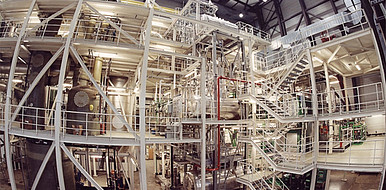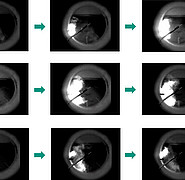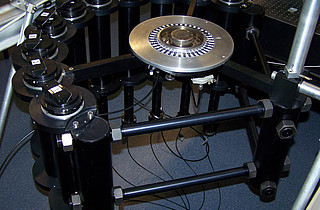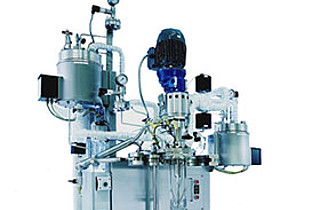A pulsating flame
A considerable share of global electricity generation is still generated by conventional power plants. Here, compliance with permitted emission limits for nitrogen oxides (NOX) represents a challenge for power plant operators. Nitrogen oxides develop in side reactions in the combustion process. So far, primary and secondary measures have been applied in denitrification in order to reduce these emissions from combustion plants and ensure an environmentally friendly provision of energy (electricity, steam). Primary measures, such as phased air supply, are applied directly in firing. If these are not sufficient to comply with the stringent legal limits, secondary measures such as selective non-catalytic reduction (SNCR) are subsequently carried out. Nitrogen oxide already formed in firing is broken down to water and nitrogen – two natural components of air – by injecting ammonia or urea. A research team of the Institute for Technical Chemistry (ITC) at KIT has now developed process for reducing nitrogen oxide in dust or solid fuel firing systems that is intended to replace secondary measures and thus reducing the use of inputs such as ammonia and urea. Here, a periodic interruption of fuel supply to the combustion chamber creates a pulsating or oscillating flame. The pulsation of the flame demonstrably produces up to 50 percent less nitrogen oxides. A corresponding device in the burner structure, also known as an oscillator, ensures a batchwise supply of the air and fuel mixture. The pulsation frequency depends on the operating conditions, such as the size of the burner or the combustion chamber. A further positive aspect of pulsation is the increase in combustion intensity and flame volume, which significantly improves heat transfer. The pulsation effect is achieved by interval-wise regulation of primary air supply. The technology is above all suitable for dust firing in individual furnaces operating in large central power plants or for process firing systems. KIT is looking for industrial partners who are interested in the development of the pulsation burner.
Your contact person for this offer
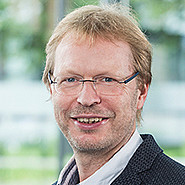
Innovation Manager Karlsruhe Institute of Technology (KIT)
Innovation and Relations Management (IRM) Phone: +49 721 608-25587
Email: rainer.koerber@kit.edu

